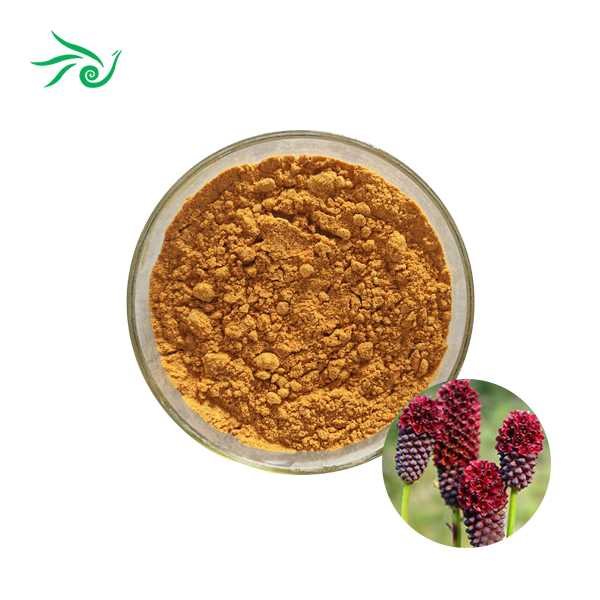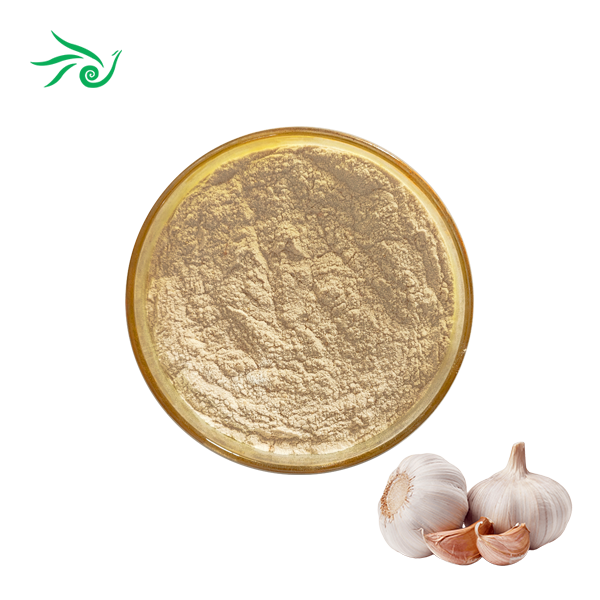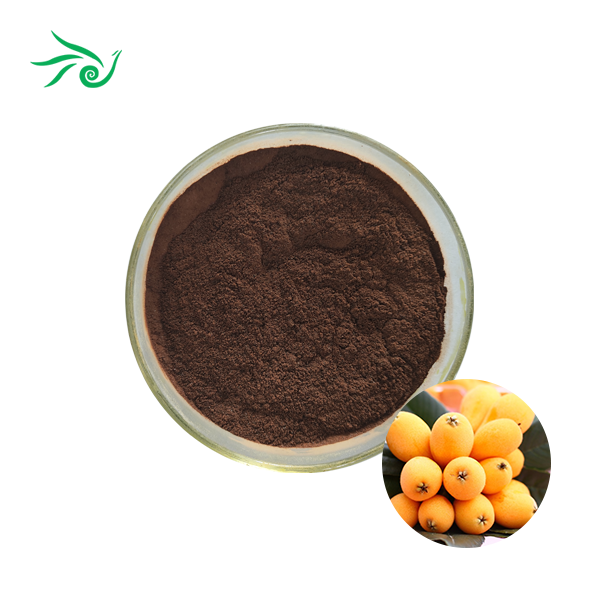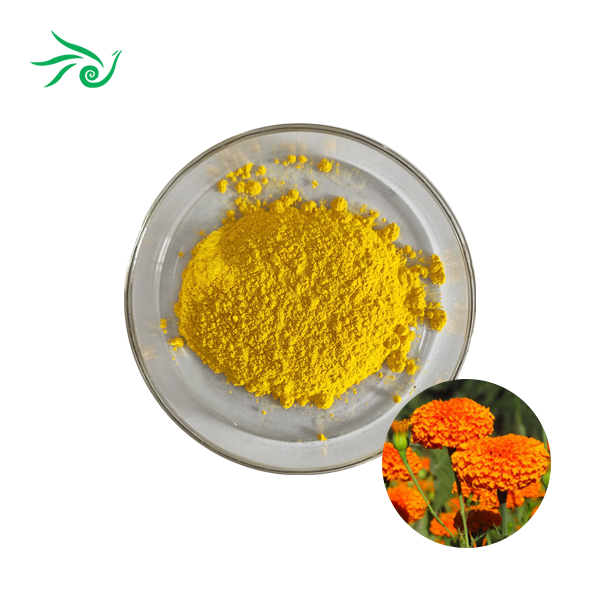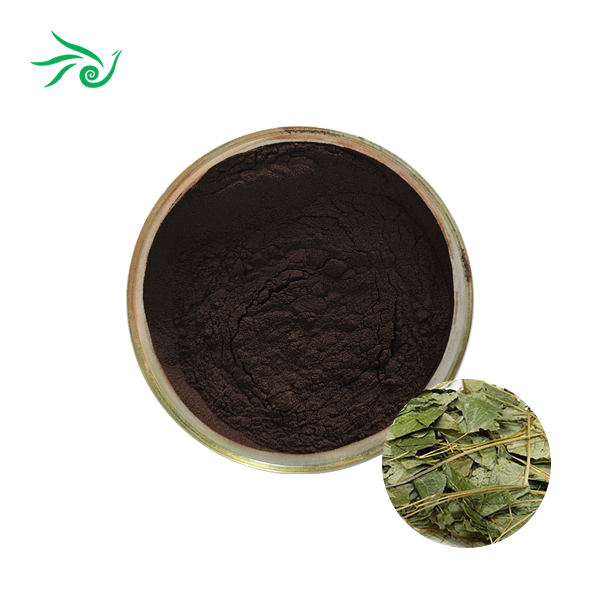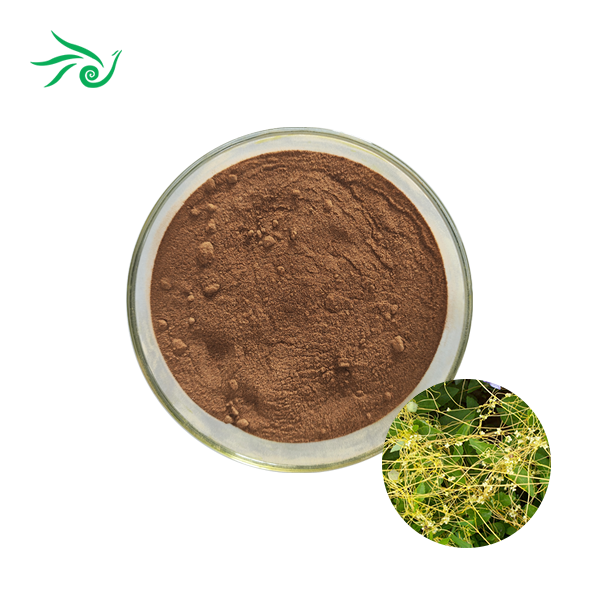What is the use of Anethum graveolens in medicine?
2024-09-10 09:23:46
Anethum graveolens, commonly known as dill, is a versatile herb that has been used for centuries in culinary and medicinal applications. This aromatic plant, with its delicate feathery leaves and distinctive flavor, has garnered attention for its potential health benefits and therapeutic properties. In this comprehensive exploration, we'll delve into the various medicinal uses of Anethum graveolens extract, focusing on its extract and its applications in modern medicine.
The Therapeutic Potential of Anethum Graveolens Extract
Antioxidant Properties
Anethum graveolens extract is rich in antioxidants, which play a crucial role in neutralizing harmful free radicals in the body. These compounds help protect cells from oxidative stress, potentially reducing the risk of chronic diseases and slowing the aging process. The extract's antioxidant profile includes flavonoids, phenolic compounds, and essential oils that contribute to its overall health-promoting effects.
Anti-inflammatory Effects
Inflammation is at the root of many chronic health conditions, and Anethum graveolens extract has shown promising anti-inflammatory properties. Studies suggest that compounds in the extract may help modulate inflammatory responses in the body, potentially offering relief from conditions such as arthritis, inflammatory bowel diseases, and certain skin disorders. This anti-inflammatory action is attributed to various bioactive components present in the extract.
Digestive Health Support
Traditionally, dill has been used to alleviate digestive discomfort, and modern research supports its efficacy in this area. Anethum graveolens extract may help stimulate the production of digestive enzymes, reduce bloating, and soothe gastrointestinal irritation. Its carminative properties make it particularly useful in addressing issues like flatulence and indigestion, promoting overall digestive wellness.
Medicinal Applications of Anethum graveolens
Cardiovascular Health
One of the most significant medicinal uses of Anethum graveolens is its potential to support cardiovascular health. The extract has been found to possess hypotensive properties, which may help in managing blood pressure levels. Additionally, some studies suggest that regular consumption of Anethum graveolens extract could contribute to improved lipid profiles, potentially reducing the risk of atherosclerosis and other cardiovascular diseases.
Antimicrobial Activity
Anethum graveolens has demonstrated notable antimicrobial properties, making it a subject of interest in the realm of natural antibiotics. The extract has shown efficacy against various pathogenic bacteria and fungi, suggesting its potential use in combating infections. This antimicrobial activity is attributed to the presence of certain essential oils and compounds that can disrupt the cell membranes of microorganisms.
Anxiolytic and Sleep-Promoting Effects
In traditional medicine, Anethum graveolens has been used to promote relaxation and improve sleep quality. Modern research is beginning to validate these claims, with studies indicating that the extract may have anxiolytic (anti-anxiety) properties. The calming effects of Anethum graveolens extract could potentially benefit individuals dealing with stress, anxiety, or sleep disorders, offering a natural alternative to synthetic sedatives.
Innovative Applications in Modern Medicine
Nutraceutical Developments
The pharmaceutical industry is increasingly exploring the potential of Anethum graveolens extract in nutraceutical formulations. These products aim to harness the health-promoting properties of the extract in concentrated forms, making it easier for consumers to incorporate its benefits into their daily routines. From dietary supplements to functional foods, the applications of Anethum graveolens in nutraceuticals are diverse and expanding.
Topical Treatments
The medicinal properties of Anethum graveolens are not limited to internal use. Topical applications of the extract have shown promise in skincare and dermatological treatments. Its anti-inflammatory and antimicrobial properties make it a potential candidate for addressing skin conditions such as acne, eczema, and minor wounds. Some cosmetic formulations are now incorporating Anethum graveolens extract for its potential skin-soothing and antioxidant benefits.
Adjunctive Therapy in Cancer Treatment
Emerging research is exploring the potential role of Anethum graveolens extract in cancer therapy. While still in its early stages, some studies suggest that certain compounds in the extract may have anti-tumor properties. These findings have sparked interest in investigating Anethum graveolens as a possible adjunctive therapy in cancer treatment, potentially enhancing the efficacy of conventional therapies or mitigating side effects.
Conclusion
The medicinal uses of Anethum graveolens are vast and varied, with Anethum graveolens extract offering a wealth of potential health benefits. From its antioxidant and anti-inflammatory properties to its applications in digestive health and cardiovascular support, this humble herb continues to impress researchers and healthcare professionals alike. As we delve deeper into the therapeutic potential of Anethum graveolens, it's clear that this ancient medicinal plant has a significant role to play in modern medicine and holistic health approaches.
Contact Us
Are you interested in exploring the potential of Anethum Graveolens Extract for your health or product formulations? Shaanxi Huachen Biotech Co., Ltd. is at the forefront of plant extract research and production. For more information about our high-quality Anethum Graveolens Extract and other innovative botanical solutions, please contact us at dongqian@sxhcbio.com. Let's collaborate to harness the power of nature for better health and wellness.
References
Jana, S., & Shekhawat, G. S. (2010). Anethum graveolens: An Indian traditional medicinal herb and spice. Pharmacognosy Reviews, 4(8), 179-184.
Kaur, G. J., & Arora, D. S. (2009). Antibacterial and phytochemical screening of Anethum graveolens, Foeniculum vulgare and Trachyspermum ammi. BMC Complementary and Alternative Medicine, 9(1), 30.
Orhan, I. E., Senol, F. S., Ozturk, N., Celik, S. A., Pulur, A., & Kan, Y. (2013). Phytochemical contents and enzyme inhibitory and antioxidant properties of Anethum graveolens L.(dill) samples cultivated under organic and conventional agricultural conditions. Food and Chemical Toxicology, 59, 96-103.
Bahramikia, S., & Yazdanparast, R. (2009). Efficacy of different fractions of Anethum graveolens leaves on serum lipoproteins and serum and liver oxidative status in experimentally induced hypercholesterolaemic rat models. American Journal of Chinese Medicine, 37(04), 685-699.
Naseri, M., Mojab, F., Khodadoost, M., Kamalinejad, M., Davati, A., Choopani, R., ... & Emtiazy, M. (2012). The study of anti-inflammatory activity of oil-based dill (Anethum graveolens L.) extract used topically in formalin-induced inflammation male rat paw. Iranian Journal of Pharmaceutical Research: IJPR, 11(4), 1169.
Monsefi, M., Ghasemi, M., & Bahaoddini, A. (2006). The effects of Anethum graveolens L. on female reproductive system. Phytotherapy Research: An International Journal Devoted to Pharmacological and Toxicological Evaluation of Natural Product Derivatives, 20(10), 865-868.
Send Inquiry
.webp)
